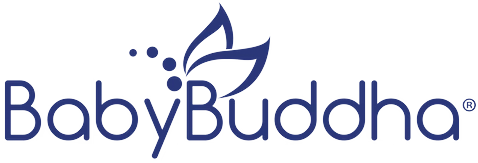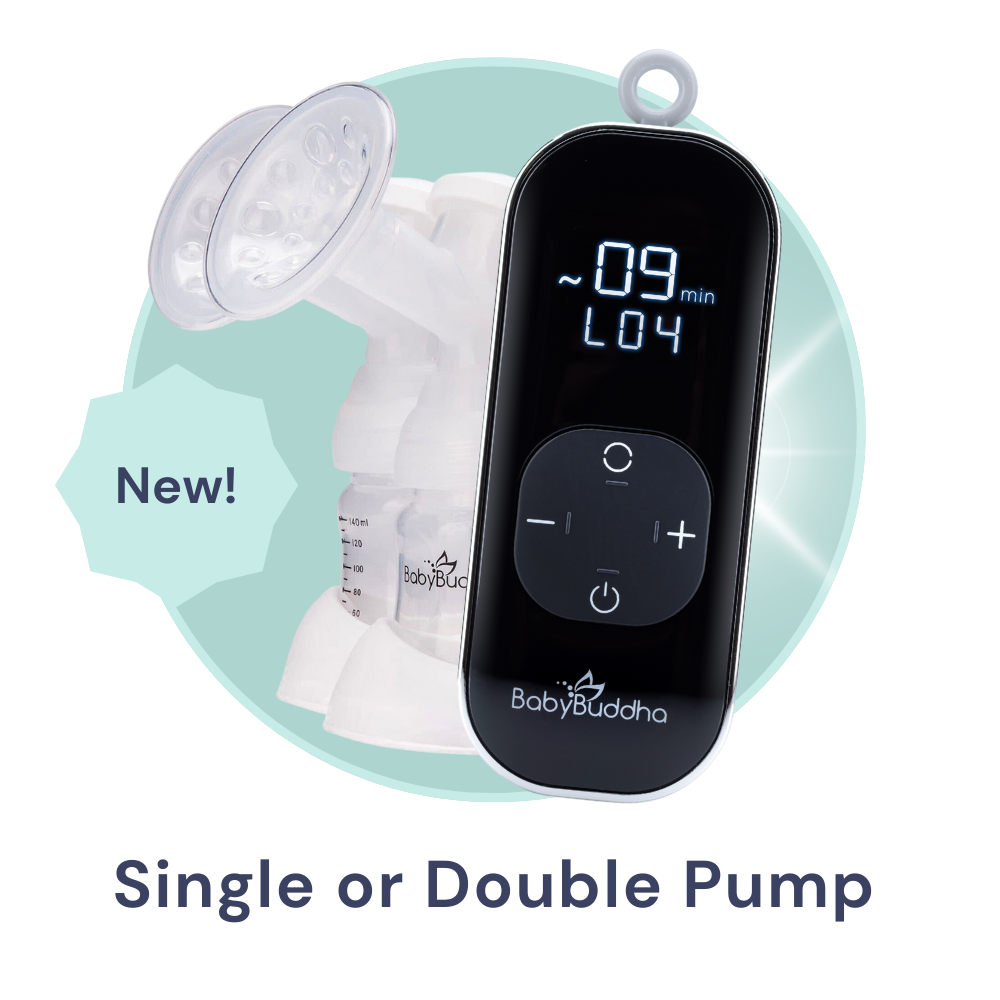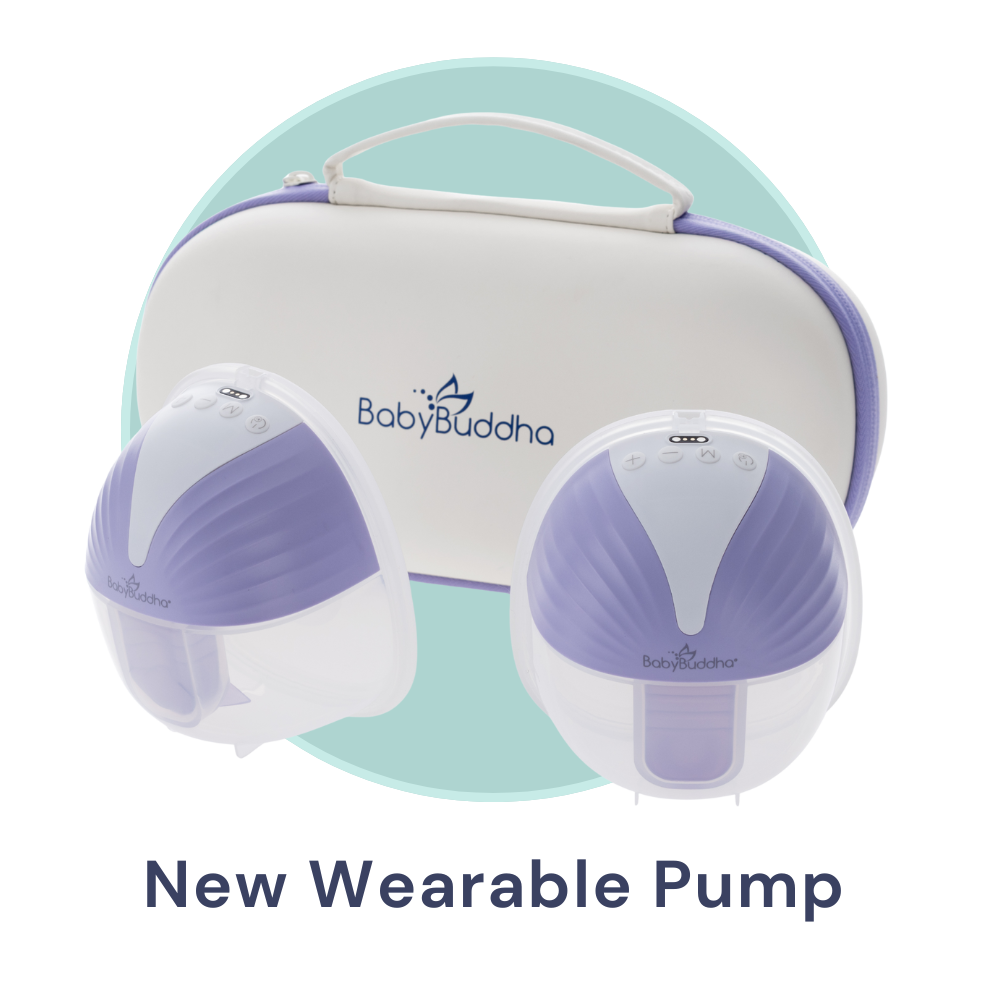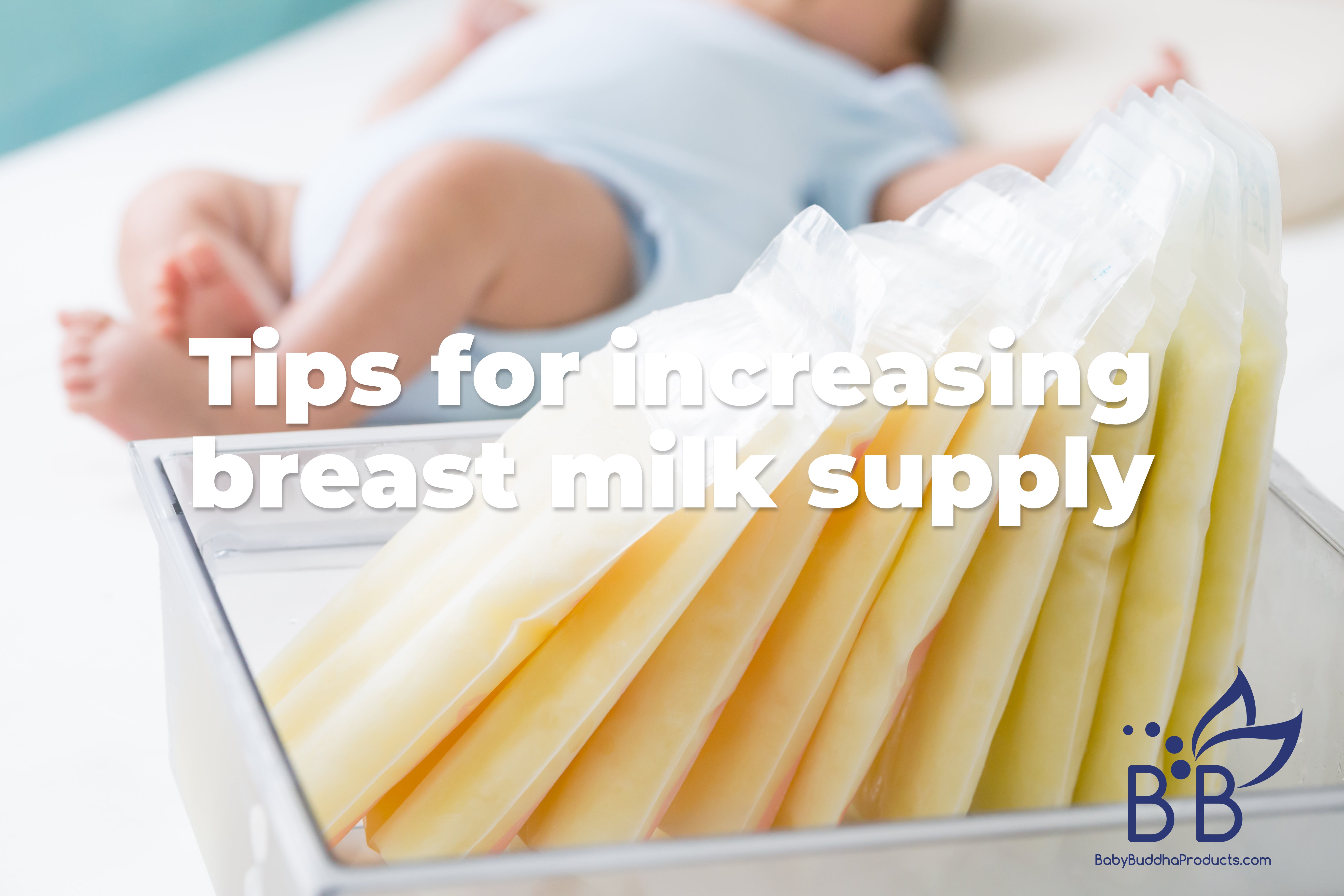Medically Reviewed By | Dr. Hope Lima, PhD, RDN, LRD, IBCLC
Having unexpected things happen to you comes with the territory of being a mom. There are all the changes that your body goes through during pregnancy, then it all changes again after you give birth. Not to mention all the curveballs that kids throw you every single day. Moms really are superheroes and don’t get nearly the credit they deserve!
One thing that many moms don’t expect to face, but do, is an uneven milk supply. Uneven milk supply is when one breast produces less milk than the other. If this is something you’re experiencing, you are far from alone.
No Mom Is the Same
All moms are different. No one will have the same breastfeeding or pumping journey. Something that is very interesting is that no person has perfectly symmetrical breasts. Many women don’t even have the same breast size.
Therefore, it makes sense that the amount of milk that each breast makes may vary slightly. Uneven supply is very common, yet it’s not often talked about. When it is, it can be casually referred to as “slacker boob” (let’s be honest, it’s the left boob).
It can be hard to tell if your breast milk flow is uneven when exclusively nursing, and it’s more common for it to be noticed by women who are exclusively pumping. Just remember, mamas, slight variations are totally normal, but there are some things that could be the culprit causing this to happen.
Let’s take a deeper look at some of these causes, and we’ll jump into solutions!
Causes of Uneven Milk Supply

If you have one breast producing less milk suddenly, you likely have quite a few questions about why and how to fix it. Some of the common reasons for an uneven milk supply that we are about to discuss will have potential solutions. Others aren’t things that can be changed since they have to do with the actual makeup of the breasts.
Nearly all of the causes of uneven supply can be broken down into two categories:
- Not enough stimulation
- Breast makeup
A. Not Enough Stimulation
Milk production is supply and demand. If one breast isn’t getting enough demand to create milk, the less milk it will produce. The leading culprit for one breast not being stimulated enough is the very person you want the breast to feed — your baby!
Usually, if one breast is not getting enough stimulation, it’s because your baby prefers the other breast. Most mothers respond to this preference in their little ones without realizing it.
Here are three factors that can cause your baby to prefer one breast over the other:
Nursing Position
Nursing positions can feel a bit like playing Tetris. You move around, move your baby around, move your pillows around, etc., until you feel ready for your baby to latch. Well, your baby’s comfort in certain positions can also affect their breast preference. If your baby is more relaxed in a nursing position on one side versus the other, they will likely begin to prefer that breast.
Letdown Discrepancies
Your letdown can differ from one breast to the other. If your letdown is too forceful, it can cause a baby to feel overwhelmed or cough and gag until they catch up on the milk. On the other end of the spectrum, if your letdown is too slow, it can cause a baby with a hungry belly to get mad and prefer the other breast with a more active letdown.
It’s kind of like how we reach for the pen with more ink in our desk drawer instead of the one with juuuust enough ink to use but not enough to warrant throwing it out.
Poor Latch
A baby’s latch is very important not only for breast milk production but also for their comfort while nursing. If they have a poor latch on one side, they won’t be able to extract as much milk. This could cause them to prefer the side that they have a better latch on.
A Note for Exclusively Pumping Moms
If you’ve opted to exclusively pump, not enough stimulation can be an issue, which might be solved with a double electric breast pump. While using a single breast pump (a pump that only allows you to pump from one side at a time) can have its benefits, it can also cause one breast to go understimulated.
If you use a single breast pump and don’t have access to a double breast pump, set a timer for each side and use the same settings on both sides to ensure that each breast gets the same time and amount of stimulation. (In most cases, you can get a powerful, hospital-grade pump covered by insurance.)
This is good for both uneven and overall breast milk supply and can even help increase milk supply. That being said, a small discrepancy in milk output can still be expected, but this should help them to even out.
B. Different Breast Makeup
The second common cause of uneven milk supply is simply that your breasts have slightly inconsistent anatomy from one another.
Some ways that your breasts can be physically distinct from each other are:
- Amount of Mammary Tissue: Your mammary tissue is the breast tissue that creates breast milk. This tissue increases when you get pregnant, give birth, and when your mature milk comes in. This amount of tissue can vary between your breasts. If one breast has less of this tissue, it will likely create less breast milk.
- Different Size Milk Ducts: Just like your breasts can have mismatched amounts of mammary tissue, they can also have different size milk ducts. If one of your breasts has smaller milk ducts, it will most likely naturally produce less milk.
- Different Size or Shape Nipples: This can fall into the baby’s preference as well. Your nipples may be uniquely sized or shaped. While this won’t cause milk production issues from the inside like the two previous anatomical differences we mentioned, it can cause your little one to prefer one nipple size or shape over the other.
Is It Enough Milk?
While you may feel awkward about your breasts having an uneven supply, or maybe you’re dealing with lopsided breasts or uneven breasts, it’s normal to experience this phenomenon. As long as you’re producing the amount of milk your baby needs, even if one breast is working harder than the other, there’s nothing you need to do to rectify this.
Interesting fact: “I have worked with parents who chose to wean from one breast completely because of how much their baby prefers the other breast,” notes Lactation Expert Dr. Hope Lima, PhD, RD, IBCLC.
Rest assured that you’re likely making enough milk. “Seek out support from a lactation professional if you have any doubts about your milk production,” Lima notes.
Five Ways To Boost Breastmilk Production

A few tricks can increase the milk supply in your under-producing breast if you want to. One of the best ways to potentially increase your milk output for an under-producing breast (whether it’s your left or right breast) is to increase the demand for that breast.
Here are some ways you can do this:
1. Nurse or Pump More Often on That Side
When exclusively pumping, pump a few minutes extra on the side that produces less. If you’re nursing at the breast, try to put your baby to the underproducing breast more often. If they refuse, try pumping on that breast while your baby nurses on the preferred breast.
2. Start Nursing or Pumping Sessions With the Underproducing Side
Try beginning your feeding session with the side that produces less. Pump from that side first for a few minutes before attaching the other side. Or, you can offer that side first to your baby before switching them to their preferred side.
3. Try a Variation of Power Pumping
Power pumping can be one of the best remedies for low milk supply, whether that’s overall or one side only. You can do a variation of this by only power pumping on one side instead of pumping on both. This can signal your underproducing breast to ramp up its production.
4. Massage and Hand Expression
Do breast compressions with your hands or a lactation massager to massage your breasts to stimulate the nerves to start producing milk. Then, doing some hand expression between nursing or pumping sessions on the underproducing breast can help tell that breast to make more milk. The more milk that comes out of the breast, hopefully, the more milk it will make.
Plus, who doesn’t like massages?
5. Heat
Applying heat to your under-producing breast before pumping, nursing, or hand expressing can help stimulate the nerves even further to produce more milk. Try taking a hot shower before a feeding session or using a warm compress while nursing. An excuse to take an extra long hot shower as a new mom? Yes, please.
Try Not To Stress Too Much
Easier said than done… right?
But seriously, stress can negatively affect breast milk production, so try not to sweat too much if you are experiencing an uneven breast milk supply. As we’ve mentioned, it’s usually totally normal and nothing to be concerned about! Again, as long as your baby has regular wet and dirty diapers, you’re likely producing enough milk for your little one across both breasts.
If you do have concerns, as always, we suggest talking with your healthcare provider or an international board-certified lactation consultant (IBCLC). They will be able to answer any questions you have and give you proper medical advice, especially if you have breast surgery or other breast health issues in your medical history.
Sources:
Making Breastmilk | Office on Women’s Health
Getting a Good Latch | WIC Breastfeeding Support with the USDA
Positioning Your Baby for Breastfeeding | National Library of Medicine
Guidelines for Feeding Healthy Infants | WIC








